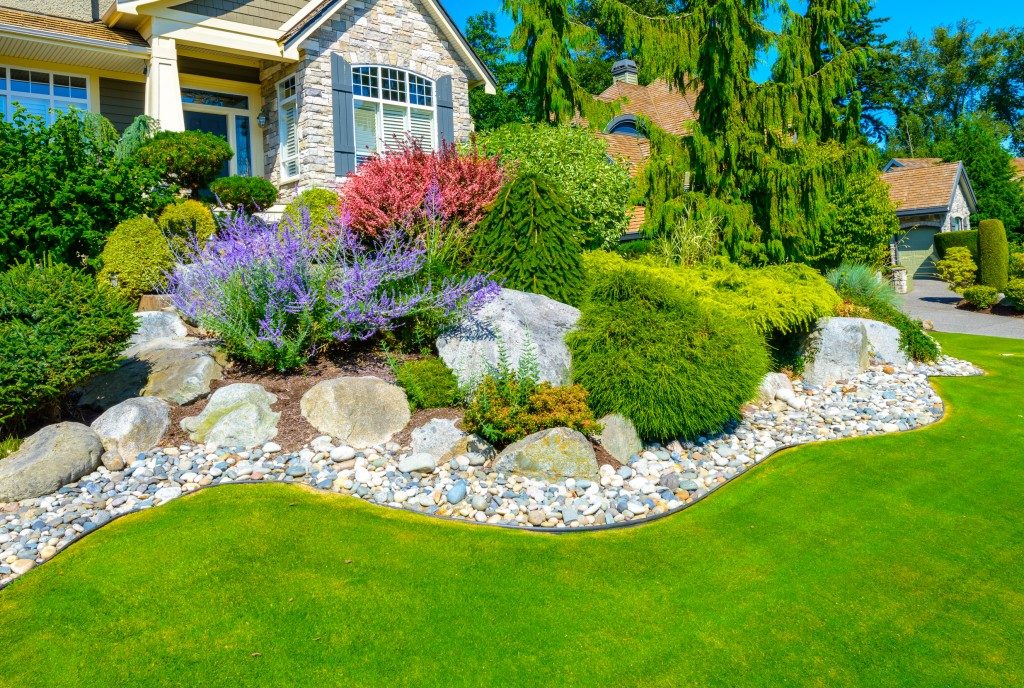If you are planning on revamping your garden or have just settled in a new home, you’re either bristling with anticipation about designing your landscape. Or you could be feeling extremely overwhelmed. To help ease your fears, below are some crucial landscape design elements you want to incorporate into your landscape design. Having that said, prior to calling a landscaping contractor in Layton, get some ideas on what you need for the perfect landscape design.
Design with Your Maintenance Needs in Mind
With all of the stresses of daily, figure out how much effort and time you can really devote to maintaining your garden so you can plan the design accordingly. For example, ornamental grasses and perennial plants like salvia, catmint, and daylilies require virtually no maintenance once they’re fully established.
Play with Lighting
Enhance the different textures and colors in your garden with light. To optimize natural lighting, consider planting shrubs and trees with colored foliage in your garden’s east-west line and watch their colors come alive from the glow of the setting or rising sun. You can also use artificial lights to generate soft pools of illumination when it’s dark out — you just have to place your lighting in strategic places to get that magical glow.
Color is Key
Using color is the easiest way to bring all sorts of “feels” to your garden. It can create optical illusions and introduce more dimension to your garden, even impact your mood. Foliage in warm colors like yellows, oranges, and reds are excellent points of interest and evoke happiness and vibrancy to space. Plants in cool colors such as green, violet, pink, and blue are easy on the eyes and natural relaxants, so they’re perfect for meditation or more laidback gardens. Cool hues also create an illusion of receding space, so they’re great for making tiny gardens look more spacious.
Mix It Up with Textures
This is all about the feel and looks of your plants and various surfaces in your garden. This applies not only to leaves and flowers but stones and bark as well. Having various textures in your garden will lend a sense of harmony in the space. You could easily balance out smooth textured planes with coarser ones, and small leaves with bigger ones. This will give the eye a break and add mood and interest to your landscape.
Play with Lines
While lines might not seem that important to a garden, they could, in fact, influence how you and other people experience the lay of your landscape. Lines — whether straight, curved, or zigzag, or used for paths or plant beds — actually help draw the eye to focal points in your garden and contribute to your landscape’s continuity.
Don’t Forget About Structures

Structures such as arbors, trellises, pergolas, and gazebos can give any garden that extra oomph. Additionally, they offer visual interest during early spring or winter when most of your plants haven’t flourished yet.
Not that you have some idea on how your landscape should be, don’t be afraid to brainstorm ideas with your landscape contractor. But remember to consider the color scheme of your home’s exterior and your own personal preferences and aesthetic.

